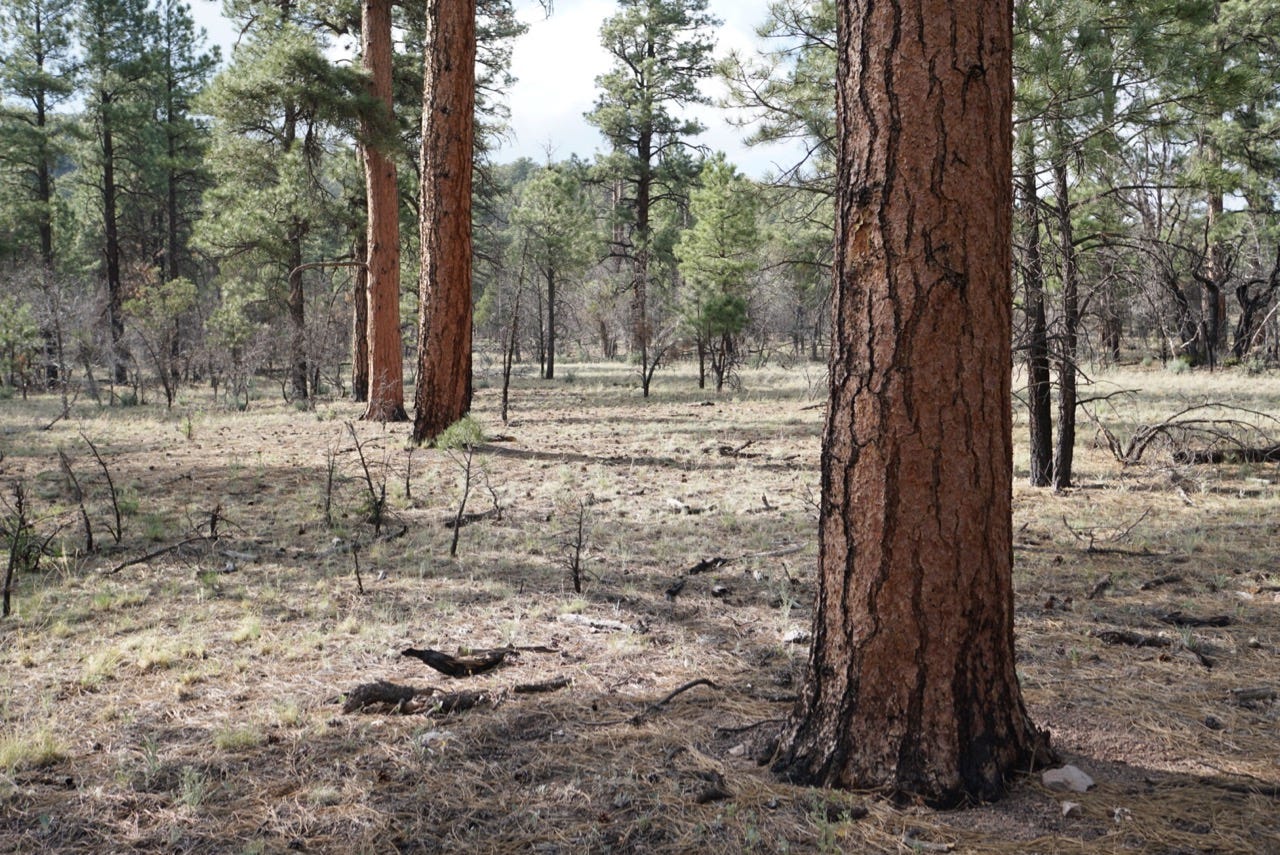Assembling the forests of the future
A few months ago, stewing on a grant application, I asked my postdoc advisor what he considered to be the biggest unanswered question related to birds and climate change in New Mexico. His answer was simple: “Whether or not we’ll have any forests left in 50 years, I’d say.”
For its part, New Mexico is trying not to leave that up to chance. The state’s 2020 Forest Action Plan (covered in Santa Fe New Mexican last week) lays out a range of measures aimed at halting continued forest loss and restoring burned and insect- or drought-stricken forests. The plan is motivated by both economic self-interest and widely held state values. New Mexico’s forests provide substantial ecosystem services, from protecting our beleaguered watersheds to attracting tourists to maintaining a livable climate. They are also closely tied to the cultural identity and livelihood of Indigenous people in New Mexico, Hispano land grant communities, and the many other waves of colonizers who followed and now live together on this arid landscape. A New Mexico without forests is not something anyone wants—even though a hotter and drier future is inevitable—and so unlike many environmental issues, the debate is not over whether we should intervene to save them, but rather how we should intervene.
The struggle to retain healthy forests in the Southwest is fascinating microcosm of conservation in the Anthropocene. There is uncertainty over whether it’s even possible; whether resources would be better spent tackling our contribution to carbon emissions head-on; the question of how to geographically prioritize effort in an era of compounding catastrophes. It also highlights how ecological restoration will soon be widespread on what were formerly lightly managed public lands in the Western US—and how that restoration work will involve participating in the ecological process of community assembly at large spatial scales.
The basic premise of community assembly can be summed up by a simple question: how does a forest (or other group of species living in the same place at the same time) come to be? Community assembly research tries to identify the rules that govern the presence, absence and coexistence of species. These rules are often lumped into one of three categories. First, there are biotic interactions. Biotic interactions refer to the ways species influence each other, and either facilitate or impede each other’s growth, survival and reproduction. Second, there is environmental filtering. Environmental filtering refers to how the basic resource requirements of a species can prevent it from establishing in a given location. If Douglas firs need at least 18 inches of precipitation per year, for example, you’re unlikely to find them growing in Tularosa. Third, there is dispersal limitation. Dispersal limitation simply means that a species won’t live somewhere it can’t get to: even if the climatic and soil conditions were appropriate for Douglas firs to grow in Tularosa, you wouldn’t expect them there without an appropriate source of seeds not far away.
New Mexico’s 2020 Forest Action Plan lays out reforestation strategies that are designed to both circumvent environmental filters that are shifting with climate change and overcome dispersal limitation in places where there is no longer a nearby seedbank. Managers will replant burned or otherwise degraded forests using seeds selected from populations of forest trees that show evidence of being genetically adapted to heat and drought. They will also identify areas of the landscape where the local microclimate is most amenable to seedling survival, such as moist, shaded drainages. While dispersal limitation will be primarily overcome by hand-planting, it’s easy to imagine the state and its partners eventually adopting a strategy The Nature Conservancy has already implemented in Colorado: distributing seeds from the air by drone, which is both bleakly dystopian and cool as hell.
Of course, community assembly theory is a lens you can apply to nearly any form of human landscape modification. But there is something poignant to me about the idea of directing assembly processes to preserve historical ecological norms under a novel climate. For millennia—from Ontario to Amazonia—humans have shaped forested landscapes for our benefit, creating new assemblages of species in the process. Now, with a greater planetary footprint than ever before, we’ve found a related but subtly different project: to ensure the forests of the past become the forests of the future.




